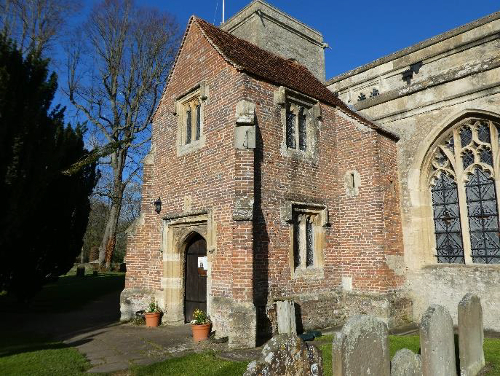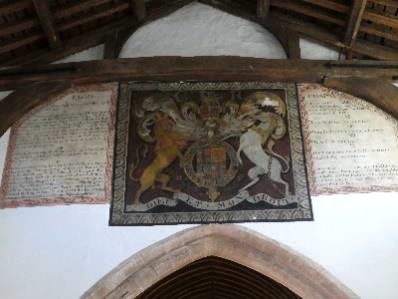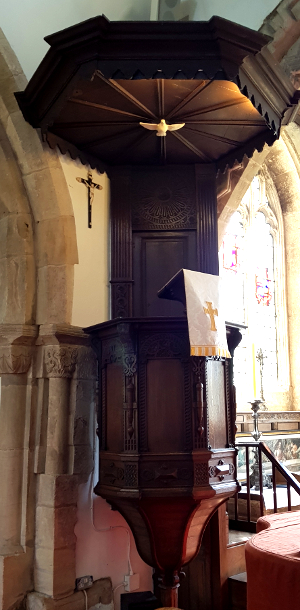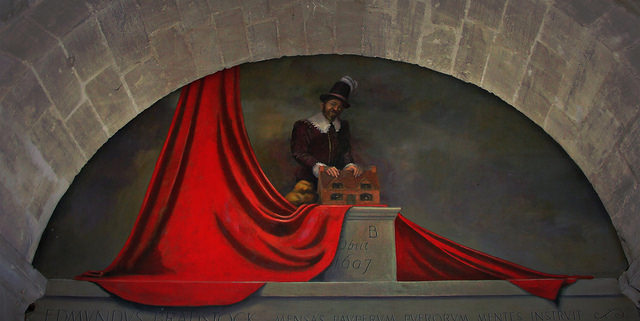

All at 11:00am, except on 5th Sunday of month |
||
1st Sunday |
Family Service |
|
2nd Sunday |
Holy Communion |
|
3rd Sunday |
Morning Worship |
|
4th Sunday |
Holy Communion |
|
5th Sunday |
DAMASCUS Parish Shared Service rotates around the 5 Damascus churches |
|
Harvest Celebrations – this year a Harvest Lunch in Church on Sunday 7 October at 12 noon.
Act of Remembrance – this year on Sunday 11 November at 11 am at the War Memorial.
Christmas Eve Torchlight Procession with bonfire and carols in the churchyard.
Visits to All Saints by Sutton Courtenay School
Annual Arts and Crafts Weekend and Cream Teasin June.
All Saints’ Singers Christmas and Spring Concerts.
Annual venue for the English Music Festival
A summer Concert Series
Summer Holiday club for 5 - 11 year olds
Abingdon Food Bank collection box.





Mrs Alison Budd – (Sutton Courtenay Pro-Warden) 01235 527853
Dr Tim Budd – (Licensed Lay Minister) 01235 527853
Mrs Alex Landsbert – (Licensed Lay Minister) 01235 847443
John Napper – (Tower Captain) 01235 846292